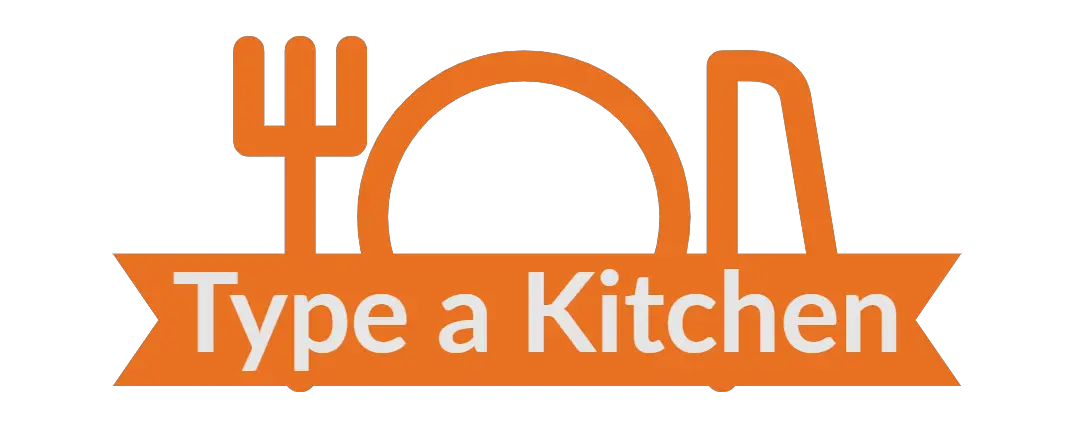Introduction
Cutting boards are one of the most commonly used kitchen tools, and they often bear the brunt of food stains and spills. Whether it’s from chopping up beets or dicing tomatoes, cutting boards can quickly become discolored and stained. However, there are plenty of ways to get rid of these stubborn stains without damaging your cutting board in the process.
No matter which method you choose, be sure to rinse your cutting board thoroughly after cleaning to remove any residue. With these simple solutions, you can say goodbye to those stubborn food stains on your cutting board for good!
Overview of How to get rid of food stains on cutting boards
Cutting boards are essential kitchen tools that help us prepare delicious meals. However, they can easily become stained with food after prolonged use. These stains not only look unappealing but also harbor bacteria and germs, which can contaminate our food. Hence it is important to clean cutting boards thoroughly and get rid of any stubborn food stains.
One effective way to remove food stains from cutting boards is by using baking soda and water. Another method involves using lemon juice or vinegar as natural cleaning agents. By following these simple tips, you can maintain your cutting board’s cleanliness and prevent cross-contamination while cooking your favorite dishes in a safe environment.
10 ways How to get rid of food stains on cutting boards
1. Lemon Juice
It contains citric acid that acts as a bleaching agent, breaking down the pigments in the stain and removing them from the surface. To use lemon juice, cut a fresh lemon in half and rub the cut side over the stained area of your cutting board. Allow it to sit for several minutes before rinsing it with warm water. To enhance the cleaning power of lemon juice, you can mix it with salt or baking soda.
2. Salt and Lemon Juice
One of the most common food stains on cutting boards is caused by fruits such as berries and citrus. To start, sprinkle some coarse salt onto your cutting board. Next, cut a lemon in half and use one of the halves to rub over the stained area. Squeeze the juice out of the lemon onto the board as you go along. The combination of salt and lemon juice will work together to break down the stain. Once you’ve thoroughly rubbed the surface with salt and lemon juice, let it sit for 5-10 minutes before rinsing off with warm water.
3. Baking Soda and Water
To use this method, sprinkle some baking soda on the stained areas and then add enough water to make a paste. Once you have made the paste, use a scrub brush or sponge to apply it to the cutting board. Scrub in circular motions until all of the stains are removed. Then rinse with warm water and dry thoroughly before storing. This method works well for both plastic and wooden cutting boards.
4. White Vinegar
To use white vinegar, simply soak the cutting board in a solution of equal parts white vinegar and water for 20-30 minutes. For tougher stains, you can also sprinkle some baking soda onto the board before soaking.
The acidity of white vinegar helps to break down food stains, while also disinfecting the surface of the cutting board. After soaking, rinse the cutting board with warm water and dry thoroughly.
5. Hydrogen Peroxide and Baking Soda
These two ingredients work together to break down stubborn stains and leave your cutting board looking like new. To use this method, start by sprinkling baking soda over the stained area of the cutting board.
Next, pour hydrogen peroxide over the baking soda until it forms a paste. Use a scrub brush or sponge to gently scrub the stained area in circular motions. Let the mixture sit for 5-10 minutes before rinsing with warm water.
6. Dish Soap and Water
One of the most common food stains on cutting boards is from raw meat. Start by rinsing the cutting board with warm water to remove any excess debris. Then, apply a small amount of dish soap to the surface of the board.
Next, use a scrub brush or sponge to gently scrub the stain away. Once you’ve removed all visible stains, rinse the cutting board thoroughly with warm water and dry it with a clean towel.
7. Bleach
To use bleach, first, wash the cutting board with soap and water to remove any visible food residue. Then, mix one tablespoon of bleach with one gallon of water in a clean container. Soak the cutting board in the solution for about 10 minutes. After soaking, rinse the cutting board thoroughly with clean water and let it air dry.
8. Rubbing Alcohol
To use rubbing alcohol to remove food stains from cutting boards, simply dampen a cloth or paper towel with the solution and rub it on the affected area. Be sure to use a gentle motion so as not to damage the surface of your board. The alcohol will quickly lift and dissolve any grease or grime that may be clinging to the surface of your board. Once you’ve finished cleaning with rubbing alcohol, rinse your cutting board thoroughly with warm water and soap before drying it off completely.
9. Grapefruit Seed Extract
To use GSE as a cleaning agent for cutting boards, add a few drops to water or mix it with vinegar to create a solution. Apply the solution to the stained area on the cutting board and let it sit for a few minutes before scrubbing it away with a brush or sponge. The natural acidic properties of GSE will break down food stains while eliminating any harmful bacteria or germs present on the surface.
10. Commercial Cutting Board Cleaner
When using commercial cleaning solutions, it is important to follow the manufacturer’s instructions carefully. Some cleaners may require dilution or rinsing after use, while others may require specific application methods. Make sure to wear protective gloves before handling any harsh chemicals and keep them away from children or pets.
Conclusion
Getting rid of food stains on cutting boards is not a daunting task. However, prevention is always better than cure in this case. To avoid unsightly stains on your cutting board, it’s advisable to use separate boards for different food items such as vegetables, fruits, meat, or fish. It’s also important to clean your cutting board after every use to prevent bacteria buildup which could lead to contamination. With these simple steps in mind, you can easily maintain a clean and stain-free cutting board for all your culinary needs!


